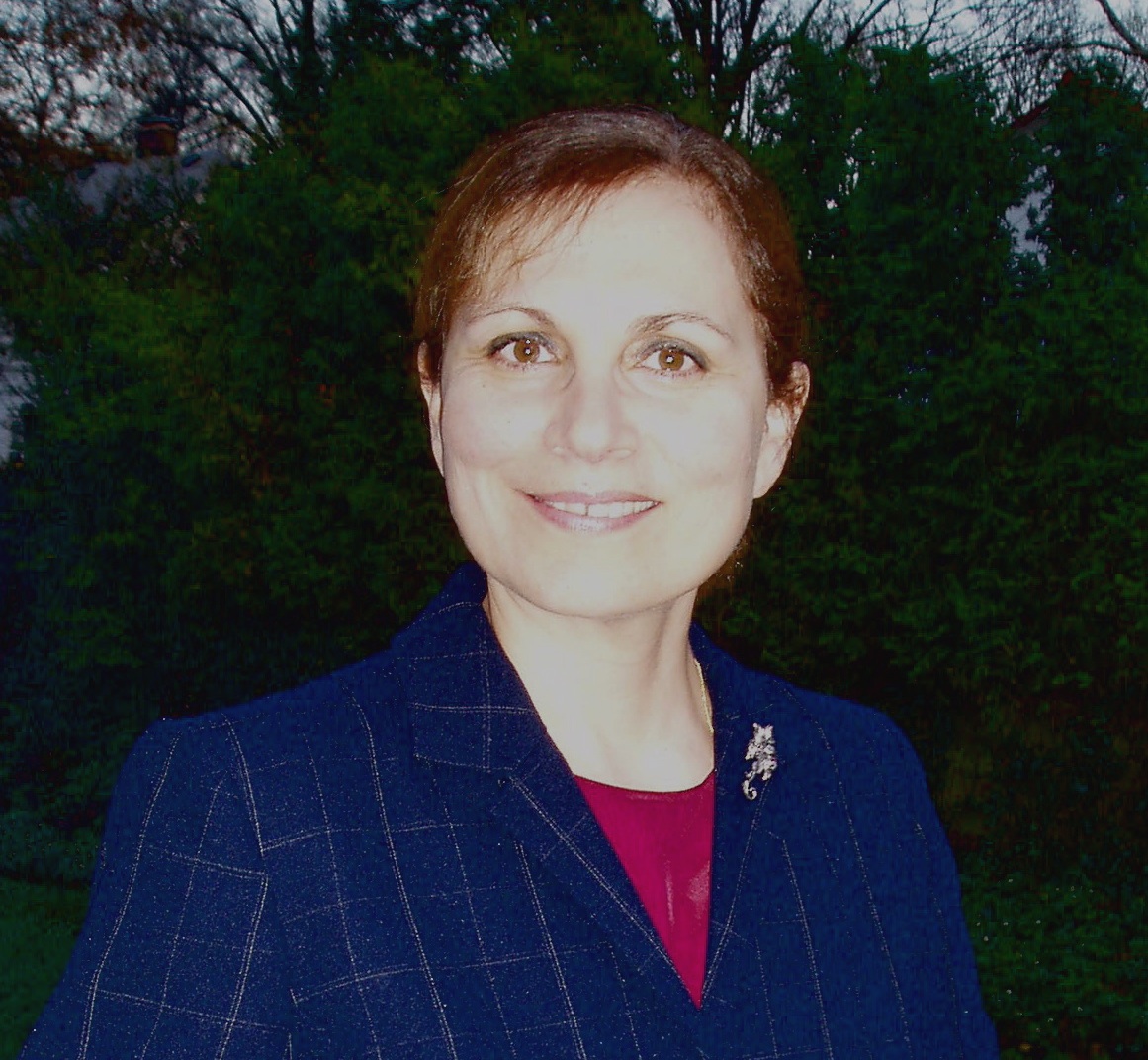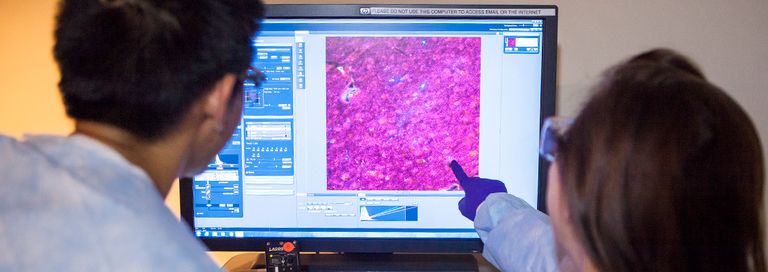What is Blackboard Learn at Boston University?
Boston University School of Medicine 72 East Concord St. Boston, MA 02118 Contact & Directions
Where can I find contact information for Boston University School of Medicine?
Apr 12, 2022 · Boston University School of Medicine 72 East Concord St. Boston, MA 02118 Contact & Directions
What is the history of Boston University School of Medicine?
Boston University School of Medicine (BUSM) Clerkships & Subinternships Clerkships MED MS 102.1: Advanced Internal Medicine II Clerkship Selective (four weeks) ... relevant reading material and the cases to be discussed in the didactic sessions are provided on the clerkship’s Blackboard site. Students utilize the lumbar puncture simulator to ...
Is Boston University School of Medicine an accredited medical school?
modern urban academic health center. The MED campus includes Boston University School of Medicine (BUSM), Boston University School of Public Health and the Boston University Henry M. Goldman School of Dental Medicine. Also on campus is Boston Medical Center, one of Boston’s leading teaching hospitals and the primary teaching affiliate of BUSM.

Experience what sets our students, faculty, and researchers apart
We do more than teach medicine and conduct research, we live it – in Boston and all over the world. Every day we learn, teach and discover in places not everyone goes – the front lines of medicine.
December 2021 Faculty Appointments, Promotions Announced
Congratulations to Professor Michael Fischer; Clinical Associate Professors Jonathan Berz, Renee Crichlow.
Obesity: What Does Immunity Got to Do With it?
New findings may represent a promising approach for obesity treatment and its complications.
What is MICU in medical school?
The Medical Intensive Care Unit (MICU) sub-internship is available to selected fourth-year medical students and provides an introduction to the diagnosis and management of critically ill patients with single and multisystem organ failure. Students are exposed to a large spectrum of clinical problems including, but not limited to, respiratory failure with or without mechanical ventilation, ARDS, shock, sepsis, gastrointestinal hemorrhage, diseases related to alcohol or drug excess, HIV-related conditions, pulmonary edema, pulmonary emboli, renal, hepatic or cardiac failure, DKA, fluid, electrolyte or thermic disturbances, CVA, or complications of malignancies. Students participate on daily work rounds, and contribute to the management of patients by collecting, interpreting, and assimilating data for presentation to the attending, arranging consults and tests, and by placing orders and performing common procedures under direct supervision.
What is a sub intern in medicine?
The Sub-internship in Medicine is designed to challenge and enhance the capacity of the student to work as an increasingly independent, highly competent, and compassionate caregiver and contributing team member. To achieve this goal, the sub-intern will work as an advanced care provider under the direct supervision of the inpatient team resident and assume increasing responsibility for the initial evaluation and integration of the total care of assigned patients. The student is expected to integrate medical knowledge with clinical and interpersonal skills in order to demonstrate independent thought and develop a plan of action. A central challenge for the student is to develop a balance between acting independently and acknowledging their limitations and seeking help as appropriate. The clinical work is complemented by conferences offered by the Department of Medicine.
What do clerks learn in medical school?
During the clerkship, students learn clinical medicine while working side-by-side with residents and faculty in providing care to a cohort of inpatients. A key principle that guides student learning is to provide graduated responsibility with supervision.
How long does it take to work in the ED?
Students spend four weeks working in the Emergency Department (ED) of Boston Medical Center, the busiest Level 1 trauma center in New England. Working as an integral part of the ED team, students take an active role in the initial evaluation and treatment of patients and gain exposure to a wide variety of illnesses, diagnostic approaches, treatments, and procedures. For many patients, the ED is their first entry into the medical system. This affords students the opportunity to follow “undifferentiated patients” from their initial presentation, through their workup, and on to their diagnosis and treatment. Students participate in weekly department conferences, as well as a student-focused curriculum (case discussions, “high-risk EKG” workshop, point-of-care ultrasound practice, and resuscitation simulation). The skills learned in the ED will benefit students no matter what specialty they ultimately choose.
When was Boston University founded?
Boston University established the School of Medicine in 1873 by merging with the New England Female Medical College, founded in 1848, the first medical college for women in the world. In addition to the four-year MD program, the School of Medicine has a number of dual degree options. Students may earn a combined MD-PhD, MD-MPH, MD-JD, MD-MBA, MD-MSCR, or MD-OMFS. Graduate Medical Sciences offers both research and professional master’s and doctoral degrees.
Where is the School of Medicine located?
Graduate Medical Sciences offers both research and professional master’s and doctoral degrees. The School of Medicine is located in Boston’s historic South End, adja cent to its principal teaching hospital Boston Medical Center, on the Boston University Medical Campus, which also includes the schools of Dental Medicine and Public Health, ...
How many hospital visits does Boston Medical Center have?
Boston Medical Center provides more than one million patient visits, nearly 137,900 Emergency Department visits, and more than 26,300 hospital stays each year. More than 25 percent of the medical students participate in a variety of international health elective experiences.
Is Boston University School of Medicine accredited?
Boston University School of Medicine is accredited by the Liaison Committee on Medical Education of the Association of American Medical Colleges and the Council on Medical Education of the American Medical Association. The School of Medicine’s continuing medical education programs are accredited by the Accreditation Council for Continuing Medical ...
Is Boston University accredited for medical school?
The School of Medicine’s continuing medical education programs are accredited by the Accreditation Council for Continuing Medical Education. Residency programs at the School of Medicine are accredited by the Accreditation Council for Graduate Medical Education of the American Medical Association. Boston University is accredited by ...

Key Features
- Interaction and communication – Students can stay connected with instructors and classmates through e-mail, discussion boards, and blogs. Instructors can connect their Blackboard site to Zoomor Mi...
- Advanced quiz and survey tools– Instructors can create practice tests and gather student fe…
What to Expect
- This service normally will be available 24 by 7 except for standard change windows, as described in IS&T’s standard policies, procedures, and schedules for making changes.
Requirements
- A computer with supported hardware and operating system
- A supported web browser
- An Internet connectioncapable of supporting video
Cost
- Boston University tuition and feesapply to Online Campus courses and programs.
- There is no additional charge for registered on-campus students or faculty interested in using the learning management system.
Getting Started
- On Campus 1. Create – Faculty can create a new course site, copy a previous semester’s site online. 2. Connect – Access Blackboard Learnto start using a course site after it has been created. 3. Learn – Instructors can attend a training session, view our online help material, or take advantage of Educational Technology Consulting. 4. Read the Ed Tech Blogto learn how others a…
Popular Posts:
- 1. export from blackboard import to other blackboard course
- 2. how to upload a paper through fsu blackboard safe assign
- 3. in blackboard how do i link my media to my class content?
- 4. usc blackboard support
- 5. qm.ellc.learn.army.mil blackboard
- 6. blackboard the company
- 7. blackboard clipart free fair use
- 8. sacred heart blackboard login
- 9. upload testbank mcgraw to blackboard
- 10. insert image in blackboard test answer